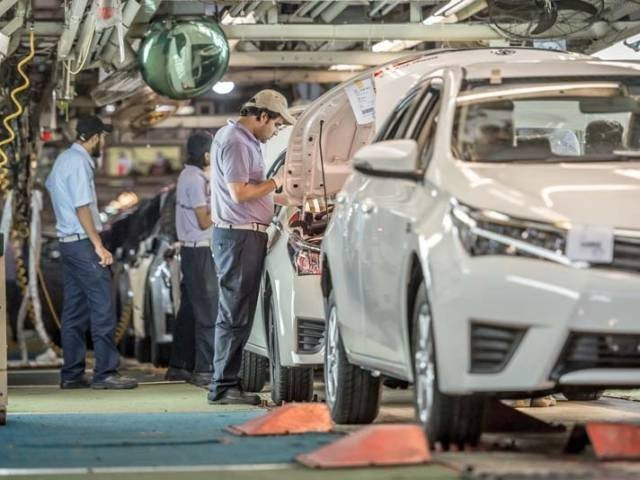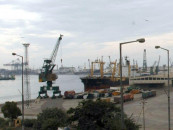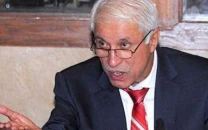Indus Motor’s profit falls 10% to Rs3.4 billion
Company suffers a huge hit on gross margins

Company suffers a huge hit on gross margins. PHOTO: FILE
The automaker had reported a profit of Rs3.7 billion in the same period of previous fiscal year. The vehicle-maker, however, announced a cash dividend of Rs25 per share, which was in addition to the already-paid interim dividend of Rs32.5 per share. IMC posted earnings per share (EPS) of Rs43.31 in the Oct-Dec 2018 quarter compared to Rs47.53 in the same period of 2017.“The company endured a big hit on gross margins, which contracted too much,” said Topline Securities’ analyst Syed Daniyal Adil. “In fact, gross margins narrowed from 14.5% to 12.2% in the quarter.”
Rupee’s free fall forces Indus Motor to stop taking orders
However, the company managed to reduce its administrative cost. Unit sales swelled 14% in Oct-Dec 2018 against the same period of previous year. However, the reduced margins affected bottom-line of the company.
Since December 2017, the rupee has depreciated by a massive 32%. Consequently, auto companies raised vehicle prices by about 20% last year, but still they have not been able to cover their entire costs.
“Despite increasing the prices substantially, the companies were unable to improve their margins,” said Adil.
Though the auto sector imports 40% of car parts, the remaining 60%, which are produced in the domestic market, also depend heavily on imported raw material.
Indus Motor raises vehicle prices by up to Rs175,000
For example, if a company is buying steel parts from a local vendor, the steel is imported and its price has risen due to increase in the value of the US dollar. Therefore, the rupee depreciation has impacted the carmakers badly.
“Historically, we have noted that margins of the automobile sector receive a hit whenever the rupee depreciates,” stated the analyst. On a yearly basis, other income of the company increased 14% through investments such as in treasury bills due to rising interest rates.
On a half-yearly basis, the company posted a decline of 6.5% in profit, which amounted to Rs7 billion in Jul-Dec 2018 compared to Rs7.4 billion in the same period of previous year.
Published in The Express Tribune, February 26th, 2019.
Like Business on Facebook, follow @TribuneBiz on Twitter to stay informed and join in the conversation.


















COMMENTS
Comments are moderated and generally will be posted if they are on-topic and not abusive.
For more information, please see our Comments FAQ